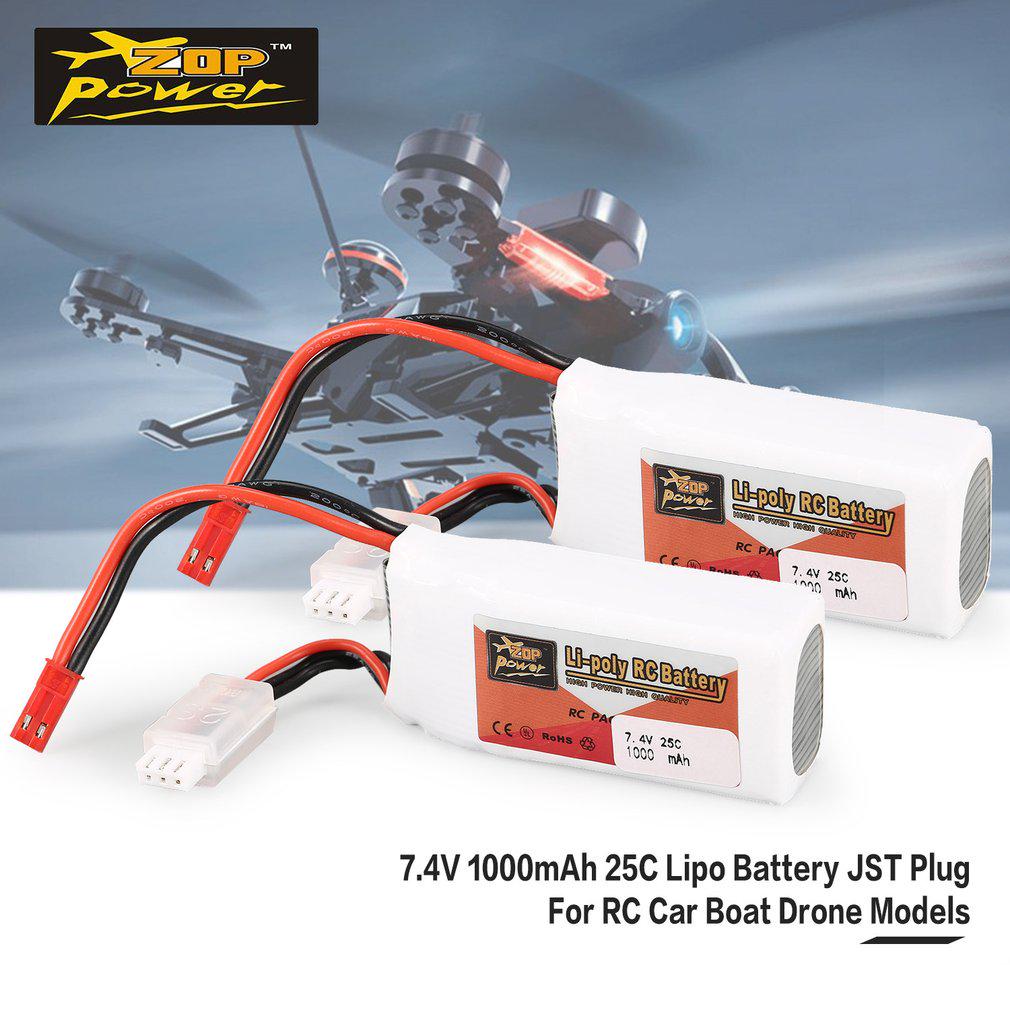
LKS in Russian
Prototype Vasily Bykov during sea trials. The silhouette of the ship is really modern. However, critics in Russia reproach him for being of little use due to the lack of the most necessary types of missionary modules. They also point out that the WMF…doesn't need it at all, because the tasks of border protection and supervision of the exclusive economic zone at sea are carried out by the Coast Guard - just like our Maritime Border Guard Service.
The idea of multi-purpose ships, based on the possibility of exchanging equipment and weapons necessary to perform various tasks, is by no means a novelty in the Western world. However, the situation is quite different with the Navy of the Russian Federation, which is taking the first steps along this path.
The first adaptation for modular ships was the Danish Standard Flex system, which is still in use today. However, basically it was not about the possibility of a special configuration of a particular ship for the task, but about obtaining constructive unification, thanks to the use of the same connector system and the coordination of weapon modules or specialized equipment on different types of ships. . In many years of practice, this meant that a ship equipped with, for example, a towed sonar, went to sea for many months, and changes occurred only when entering the shipyard for lengthy repairs, inspections and upgrades. Then the "released" module could find another ship with the Standard Flex system. Only the American LCS (Littoral Combat Ship) program of the beginning of this century was supposed to be the first on-demand modular system. The two types of ships designed and still being built for the US Navy, the conventional Freedom and the Independence trimaran, are in the class of frigates in terms of their displacement. They have stationary artillery and short-range anti-aircraft missile systems, and the rest of the target equipment is replaceable. The idea to lower prices and increase the availability of standard ships for various purposes was good, but its implementation was pale for the Americans - there were problems with the operation and integration of task modules, an increase in the cost of building units and the entire program. However, he quickly found a following.
Among a fairly large group of conceptually similar ships, the following can be indicated: the French guard type L'Adroit Gowind, the Singaporean type Independence (aka Littoral Mission Vessel), the Omani type Al-Ofouq (designed and built in Singapore) or the Brunei type Darussalam (designed and built in Federal Germany). They are characterized by limited fixed armament and working decks aft, most often with slipways for launching boats - similar to LCS. However, they differ in size. Most of them barely exceed the displacement of 1300-1500 tons, which in turn makes their price three times lower than that of their American counterparts, more affordable. The mine-clearing patrol ship Chapla was supposed to be similar to them, but it seems that the idea of \uXNUMXb\uXNUMXbbuilding it for the Polish Navy did not appeal to anyone - neither the sailors nor the decision makers, and was shelved.
However, the Russians liked it, which is quite surprising, given their conservative approach to shipbuilding. There is no doubt that it was originally considered an export product, but the construction of similar units for WMF was ordered. The reason was and remains the lack of funds for the mass production of strictly combat ships, which would then be used for support tasks. Moreover, putting them into service with their own fleet will strengthen and make the project more authoritative in the eyes of potential buyers. It should be noted, however, that a very effective entry into the market of combat, patrol and auxiliary exporters from countries such as China, India, the Republic of Korea or the aforementioned Singapore will make it very difficult for Moscow to break through with a proposal in this area, especially among traditional recipients in Asia and the Middle East.
New era at WMF
The Navy of the Russian Federation has long felt the need for units capable of operating effectively in the coastal zone. The transformation that awaited him - from the large ocean fleet of the Cold War to modern naval forces equipped with universal ships - laid the foundation for the development of small and medium displacement formations. The "Cold War" could only partially fill the gap, because their tactical and technical parameters and age did not fully allow this. Instead, the idea arose to create a new type of patrol ship that could effectively monitor the economic zone and engage in combat if necessary. A partial solution to the problem could be small missile ships of project 21631 "Buzhan-M" or 22800 "Karakurt", but these are typical strike units, and more expensive to build and operate, and needed elsewhere.
Work on the modular patrol ship of the marine zone of project 22160 for the VMP began quite early - in the middle of the first decade of our century. They were carried out by JSC "Northern Design Bureau" (SPKB) in St. Petersburg under the leadership of chief designer Alexei Naumov. The contract with the Ministry of Defense for a symbolic cost of 475 rubles (about 000 zł at the exchange rate of that time) for the development of a preliminary design was concluded only in 43. In this process, Guards 000 was used. Wybrzeże Służby Pogranicza of the FSB of the Russian Federation (the construction of the Rubin prototype began in 2013, and it entered service two years later), this is a new building, and - for Russian conditions - innovative. The purpose of these measures was to create a relatively inexpensive in construction and operation, and at the same time efficient, with good seaworthiness, multi-purpose, capable of performing a number of functions related to the protection of territorial waters and a 22460-mile exclusive economic zone on the high and closed seas, and also prevention of smuggling and piracy, search for and assistance to victims of maritime disasters and environmental monitoring. During the war, the sentinel will have to perform the tasks of protecting ships and ships during the passage by sea, as well as bases and reservoirs. In these tasks, units of project 2007 should replace small ships of the ZOP projects 200M and 22160M, missile ships of projects 1124 and 1331 and minesweepers, all of the Soviet era.
Project 22160 patrol ship is the first Russian ship based on the concept of weapons and modular equipment. Part of it will be permanently installed during construction, while there is a margin of displacement and space for additional assembly during operation, and - most importantly - positions for the selection of interchangeable modules for various purposes, which can be replaced by others depending on the need. In addition, an important part of this system is a permanent aviation infrastructure, thanks to which it is possible to base a helicopter that supports most missions.
The seaworthiness, speed and autonomy mentioned above, as well as the comfort of the crew, are equally important for a multi-purpose vessel with a limited displacement. To achieve the appropriate parameters, a hull without deck shift was used. Its production and repair is cheaper and easier. The bow frames have a deep V-shape, optimized for long-term movement at high speed in waves, and the stern frames are flattened, forming two rowing tunnels in the area of the shaft line. The nose section has an innovative hydrodynamic bulb and both rudder shafts are turned outwards. Such a design will allow navigation in any sea state, the use of weapons up to 5 points and the operation of helicopters up to 4 points. According to the SPKB, the marine characteristics of the patrol ship of project 22160 will be more than twice the size of the patrol ship (frigate) of project 11356 with a total displacement of about 4000 rpm.

